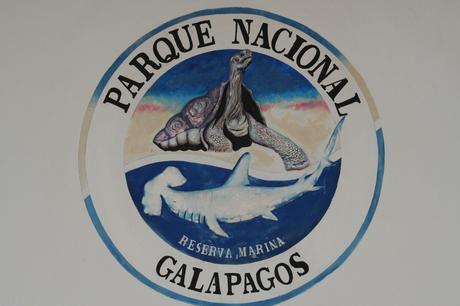 Several years ago I had the wonderful opportunity to visit the Galapagos Islands. At the time I was teaching middle school science and had graduated five years earlier with a degree in biological anthropology. My background leaned heavily toward Darwin and his ideas. However, I had already moved toward sustainability and conservation themes in both my teaching and life in general. While I am well aware of the footprint needed to trek down to the Galapagos Islands, I was amazed at the time of how dependent the islands were on nonrenewable sources of energy.
Several years ago I had the wonderful opportunity to visit the Galapagos Islands. At the time I was teaching middle school science and had graduated five years earlier with a degree in biological anthropology. My background leaned heavily toward Darwin and his ideas. However, I had already moved toward sustainability and conservation themes in both my teaching and life in general. While I am well aware of the footprint needed to trek down to the Galapagos Islands, I was amazed at the time of how dependent the islands were on nonrenewable sources of energy.
The islands rely on the tourism that supplies the Galapagos with a steady stream of visitors for income. The population of the islands had exploded in the late 1990s and early 2000s. Human impact on the islands was severe. In my travels I only recalled seeing two photovoltaic panels (one of which is seen in the second picture accompanying this post). I always wondered why the islands did not take advantage of the abundance of energy (wind, solar, tidal). While watching Jeopardy the other night (prior to Wheel of Fortune’s Green Week) I heard about the plan to power the Galapagos Islands exclusively with renewable energy by 2015. While visiting the islands back in 2006 , I learned that diesel generators were the major source of energy for the islands. An oil spill in 2001 off the coast of San Cristobal Island forced a reconsideration of the energy choices at the time. This led to the clean energy mandate, which stands four years away.

The point is that importing fossil fuels and nuclear energy, is only a stop gap measure (for all societies). Islands, like was seen with Rapa Nui (Easter Island), serve as a potential proving ground, a microcosm of earth. For just like the planet, islands are isolated places without easy access to resources from afar.
[Image source: Author's personal photos]

